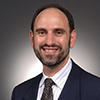Taking Measure
Just a Standard Blog
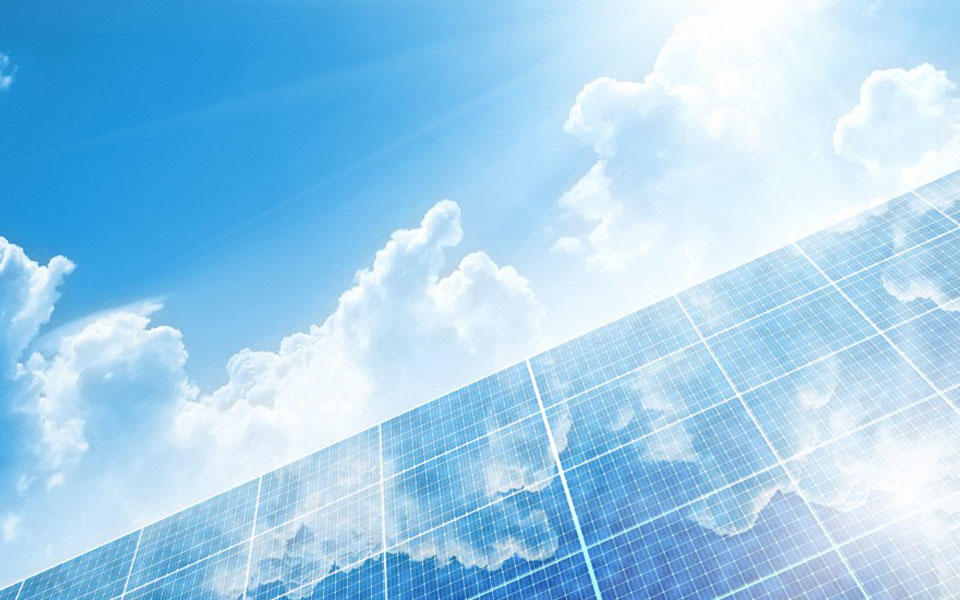
Have you ever wondered what might happen if we run out of fossil fuels?
How do you think we will be able to survive without the resources we need to heat and cool our homes and buildings or the raw materials we use to create all the plastics that make up our modern world?
Indeed, if we continue to use up these energy sources up at alarming rates, I think the consequences will be devastating to humanity’s future.
As a 17-year-old with a brand new driver’s license back in 1973 during the OPEC Middle East oil embargo, I found myself pondering these serious questions as I sat in line for hours waiting my turn with the family cars to “fill ‘er up.” How could this be happening? The price of gasoline wasn’t the obvious problem to me (ca. $0.55/gal July 1973 U.S. average), a forced reduction of world-wide exports from Middle East oil producing countries to control pricing was.
To compound my confusion, my Dad, Dr. Israel J. Heilweil, was a senior research chemist at Mobil Oil Central Research Labs in Pennington, N.J. He worked on developing concentrated salt solutions to force trapped oil out of shale, engine-cleaning gasoline additives, and even in-line filters to remove water at the pump. All told, my Dad authored 37 U.S. patents during his career.
I was always so proud of his breadth of chemistry knowledge, work ethic, and scientific intuition, and have become even more so since he died last year. I remember us talking at length about the “oil problem” before I applied to college. Despite his direct involvement in the industry, it was he who convinced me to take up the challenge and direct my energy (no pun intended) toward developing alternative sources and improving efficiency and conservation.

Both my Mom and Dad had doctorates in physical chemistry from Ohio State, so really you could say I followed in both of their footsteps. I studied chemistry at Brandeis University and went to the University of Pennsylvania for my Ph.D. in chemical physics. My Ph.D. thesis was entitled “Vibrational Energy Relaxation in Condensed Media”—there’s that word again!
While at Penn, I explored ways to concentrate nanometer-sized gold particles suspended in water (colloids) by surrounding them with spaghetti-like polymer molecules and then slightly heating the suspended particles under vacuum.
(It worked like a charm! Dad’s early studies of gold colloids and love for polymer chemistry had clearly infected me!)
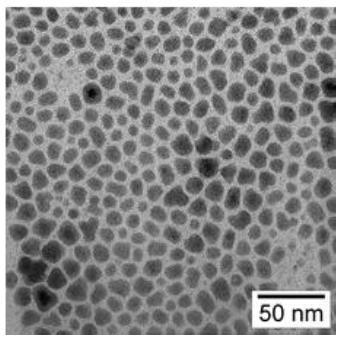
It turns out that gold particles are easy to make and, when concentrated, are really good for absorbing sunlight to heat water for washing, taking a shower and the like. I made test samples in 1980, proposed this new idea to a review panel of graduate student submitters and won top prize! I still use these samples for solar-energy experiments I do in my lab today.
Since joining NIST back in early 1984 as a National Research Council postdoctoral researcher, I have been consumed with finding ways to better conserve and store fuel, learning how energy flows in liquids and solids—especially at interfaces between them—and how heat moves in through ultrathin (just a few molecules thick!) layers of metal and semiconductors like silicon and organic materials like carbon, and developing new methods to directly measure and control the flow of energy in these complex systems.
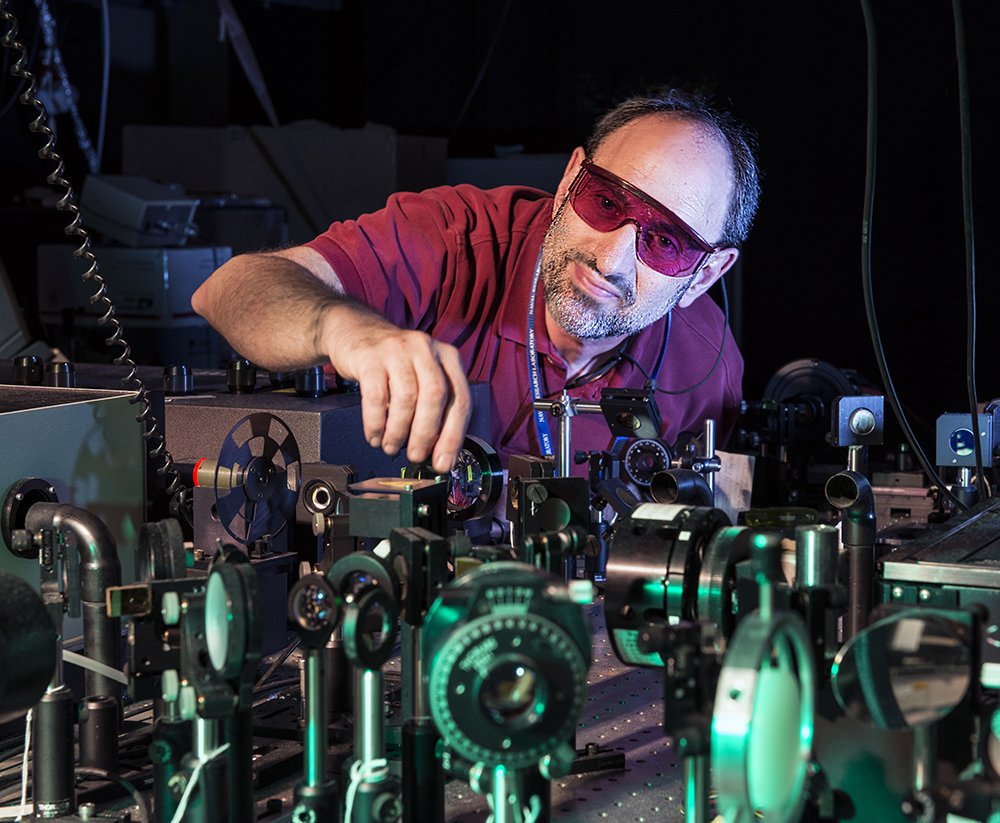
My early studies explored how heated molecules moved and got stuck to metal and nanoparticle surfaces, as well as how molecules moved around inside of different metals and other solids. I developed a new method using ultrafast infrared laser pulses and early infrared cameras to probe these very fast events (a billion billionth of a second or faster). I even received a U.S. patent for this invention—just like my Dad!
Over the past decade, my colleagues here at NIST and in academia and I have used these approaches to uncover how a combination of biologically based enzymes and metal alloys could be used to build a high-capacity fuel tank for hydrogen vehicles, for which we received a U.S. patent, too.
What I’m most excited about these days is my work on how to make solar cells more efficient—that is, increasing how much electricity we can squeeze from sunlight—and discovering new, inexpensive solar cell materials, which we call “photovoltaics” in the biz. If we can harness the sun’s “free” light output with efficient and inexpensive solar collectors and directly convert that energy to electricity, we would be able to dramatically reduce fossil fuel consumption.
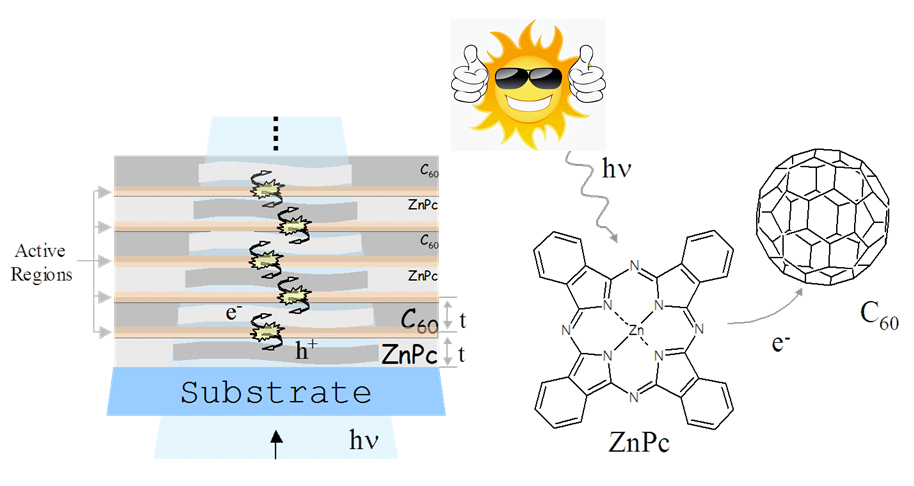
Recently designed electrically conductive polymers infused with buckyballs (soccer ball-shaped molecules made of carbon atoms) can convert light to electricity with about 5 percent efficiency. That means for every 100 light particles—photons—they can generate five electricity particles—electrons. This not as good as current silicon-based panels, which currently reach about 23 percent efficiency, but that might not matter if they could be made and sold for less money. Imagine if we could just paint these mixtures (again, Dad?) onto roofs and sidings to make an entire house a solar cell?
With newly designed high-capacity batteries to store the energy for use at night, we might someday produce enough electricity at home to completely wean ourselves off the grid. Cool!
In my lab, we use ultrafast laser technology to study very thin (billionths of a meter!) layers of light-absorbing materials (electrical charge donors) with other systems (electrical charge acceptors) that form the heart of solar cells. We use tunable, visible light pulses to excite samples, generating electrons and holes (electrical charge carriers) and “watch” them with far-infrared probing pulses (called “terahertz” pulses) to measure how and how well they move through the materials. It’s very exciting to try out new materials that have been designed at the molecular level and see how they respond using our “non-contact, all-optical” technique. And we hope this approach will catch on in other labs around the world to someday find and evaluate new photovoltaic materials.
I hope this post will prompt you to take a moment to think about our planet and how dependent we are on fossil fuels. Like us, those pesky hydrocarbon molecules won’t last forever, and we must seek alternative energy sources (e.g., solar, hydrothermal, hydroelectric, wind and nuclear) if we are to survive and thrive. Each of us can play a small part to conserve the energy resources we use each day and perhaps search for new ways to capture the sun’s rays and use them to our advantage.
Thanks, Mom and Dad, for nurturing my scientific curiosity and pointing my energy in the right direction.
About the author
Related Posts
Comments
- Reply


